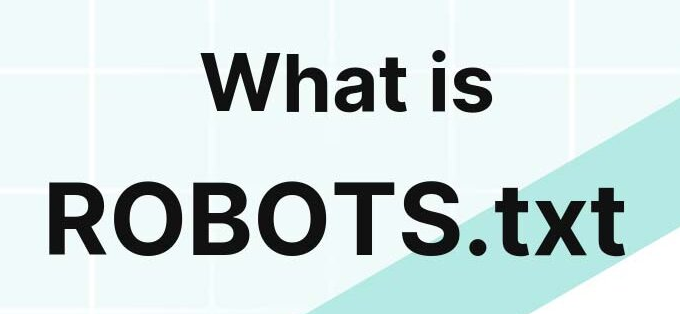A robots.txt file is a text file that is placed in the root directory of a website and serves as a set of instructions for web robots (also known as web crawlers or search engine bots) on how to crawl and index the site’s pages. While not all web robots follow these instructions, most major search engines, including Google, adhere to the directives in the robots.txt file. The significance of the robots.txt file lies in its ability to control how search engines access and index your website’s content.
The robots.txt file is a simple text file that contains one or more lines of text, each of which specifies a directive for web crawlers. The most common directives are:
User-agent:This specifies the name of the web crawler that the directive applies to. For example,User-agent: Googlebottells Googlebot to obey the directive.Disallow:This specifies a path or URL that the web crawler is not allowed to crawl. For example,Disallow: /private/tells Googlebot not to crawl any pages in the/private/directory.Allow:This specifies a path or URL that the web crawler is allowed to crawl, even if it is listed in aDisallow:directive. For example,Allow: /blog/tells Googlebot that it is allowed to crawl all pages in the/blog/directory, even if the/blog/directory is listed in aDisallow:directive.
Here are some key points about the significance of the robots.txt file:
- Crawl Control: The robots.txt file allows you to control which parts of your website you want search engines to crawl and index. This is particularly useful for excluding sensitive or duplicate content that you don’t want to appear in search results.
- Privacy: The robots.txt file can help prevent search engines from indexing private or confidential information that you don’t want to be publicly accessible.
- Server Load: By excluding certain files or directories from being crawled, you can reduce the load on your server, improving website performance and response times.
- Resource Allocation: You can prioritize the crawling of important pages by allowing search engines to access them while restricting access to less critical pages.
- Duplicate Content: Use the robots.txt file to prevent search engines from crawling duplicate content, such as printer-friendly versions of pages, that could negatively impact SEO rankings.
- Site Structure: You can guide search engine crawlers through your site’s structure by allowing or disallowing access to specific directories. This can help ensure that important pages are crawled and indexed.
- Crawling Frequency: While not all search engines follow these directives for crawling frequency, some may use the robots.txt file to determine how often they should revisit certain parts of your site.
- URL Parameters: You can use the robots.txt file to block search engines from crawling URLs with certain parameters, which can help prevent indexing of unnecessary variations of the same content.
It’s important to note that while the robots.txt file can be powerful, it’s not foolproof. Some web crawlers might ignore the file’s directives, and malicious bots might also ignore them. Additionally, using the robots.txt file incorrectly could unintentionally block search engines from indexing important content. Therefore, it’s crucial to understand the syntax and guidelines for creating an effective robots.txt file.
Keep in mind that not everything you want to keep private or hidden from search engines should be managed solely through robots.txt. Password-protected content and sensitive information should also have proper security measures in place.
For precise and effective control over your website’s indexing and crawling behavior, it’s advisable to combine the use of a robots.txt file with other techniques, such as using meta tags and noindex directives within your website’s HTML.
- Mega Menu or Individual Menu: Which Is Better For Your Website? - September 27, 2025
- Free SEO Toolkit: How to Boost Your Website Rankings with Zero Budget - June 7, 2025
- What Are UTM Parameters? A Human-Friendly Guide to Tracking Your Traffic - May 7, 2025
